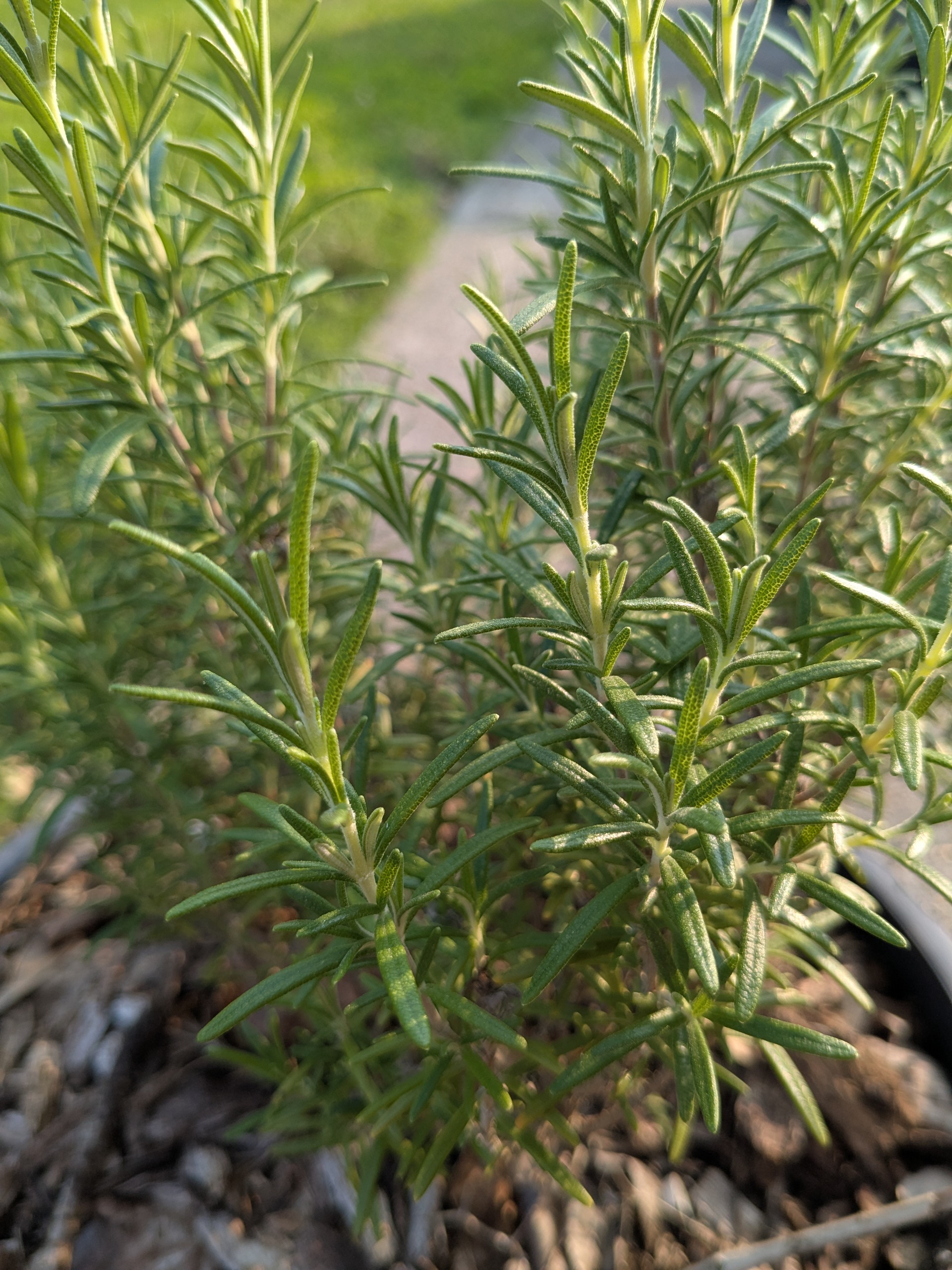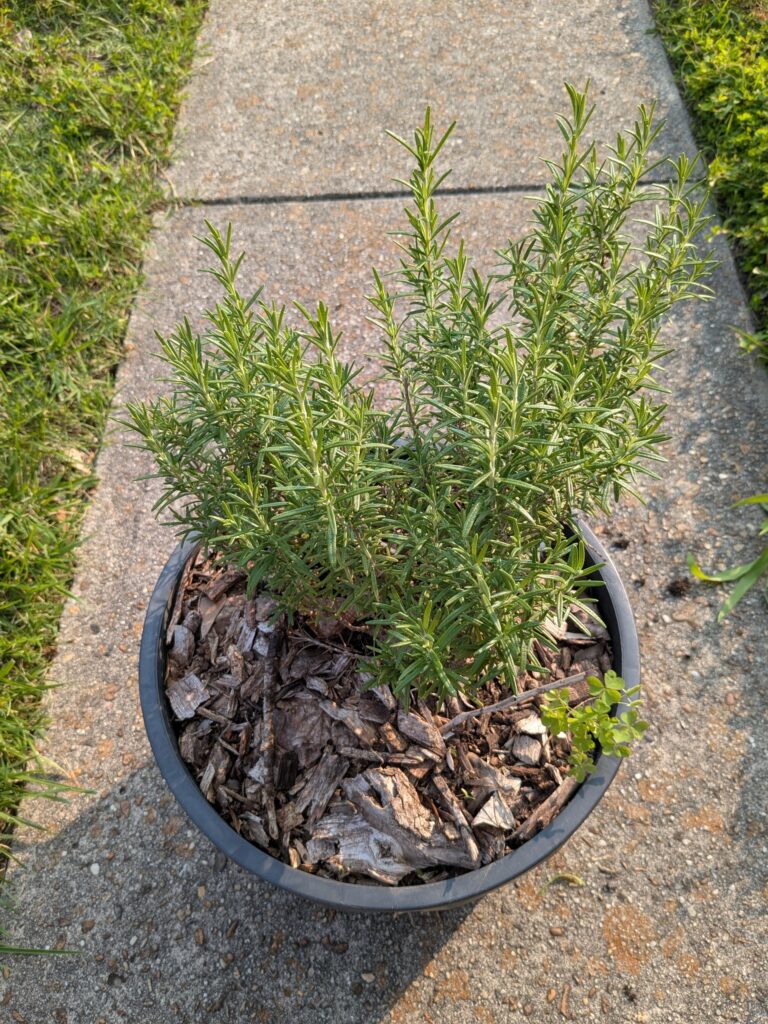Physical Address
304 North Cardinal St.
Dorchester Center, MA 02124
Physical Address
304 North Cardinal St.
Dorchester Center, MA 02124


Growing up, one of the most normal things in the world for me was for my mother to grab a pair of scissors, walk across the street, and snip off some rosemary from my neighbor’s bush for dinner. She would put it on all types of dishes from steaks to pastas, and I learned to cook from the best which means it is an ingredient I crave.
My neighbor’s rosemary bush was planted in the ground, but it was such a quintessential part of my childhood that when I was presented with the opportunity to have my own giant rosemary shrub, I just couldn’t say no. That opportunity arose in 2022 when the community garden in my apartment complex was demolished in favor of building even more apartments. I waited until the last moment, just in case anyone else wanted the shrub, but when I was reasonably confident that no one would be upset, I took a shovel to the garden under the cover of darkness and dug up a giant rosemary bush that would become my very own. The garden was bulldozed the next day.
I was still (and still am) renting at the time, so the giant rosemary bush had to be moved from the sandy soil it thrived in, to a container. This is how I’ve kept my rosemary bush happy and healthy since I saved it from the bulldozer.




Rosemary can be used for so many things:

I have a few favorite ways to use rosemary. One of my favorite ways is for my hair care. I buy a fabulous shampoo bar from a local vendor and the bar contains rosemary to help with hair growth. I also like to infuse some dried rosemary in my apple cider vinegar hair rinse to use after I use my shampoo bar.
My favorite ways to use rosemary in the kitchen are as a flavoring for roasted potatoes, and, you probably already guessed it, for tea!
Rosemary makes a great tea because it is said to:
I like to add a sprig of rosemary into my cup of black tea in the morning or to a sleepy time blend of lavender and ginger. As always, please do your own research before using any herbs in a medicinal manner.
Simple Rosemary Tea
Add 1 tsp of dried rosemary to a cup of boiling water and steep for 5 minutes.
Online Resources:
Books I love:
I am an Amazon Associate and that is reflected in the below affiliate links. I will make a small commission if you purchase the below books with my affiliate link. That being said, please check your local or favorite indie book store for them! I’d much rather you support a small business than give me a kick-back.